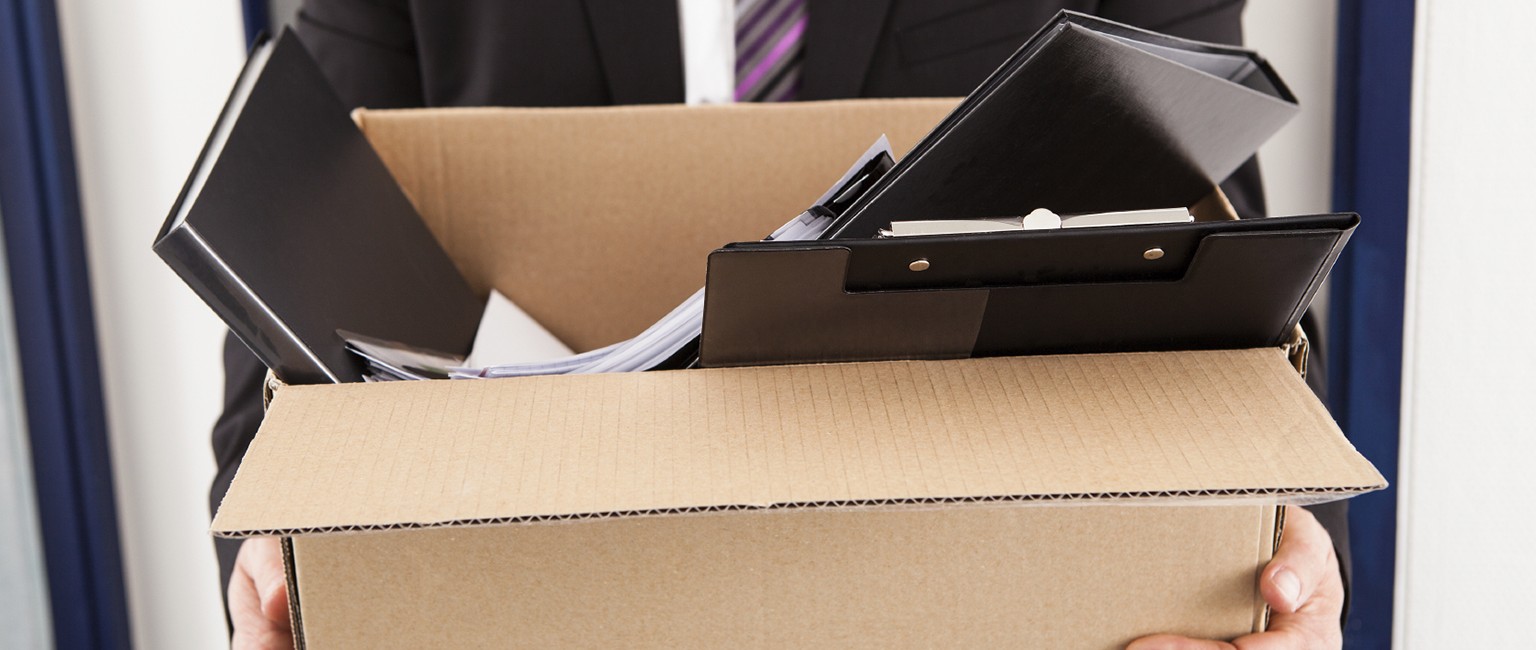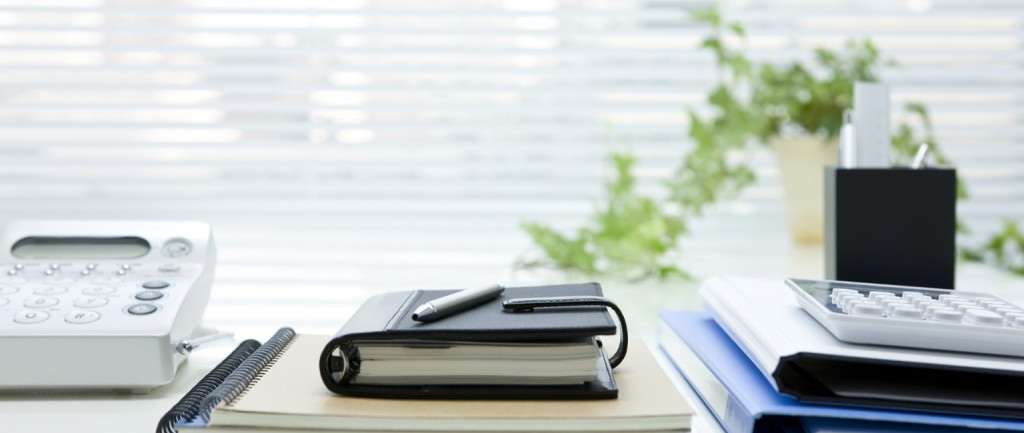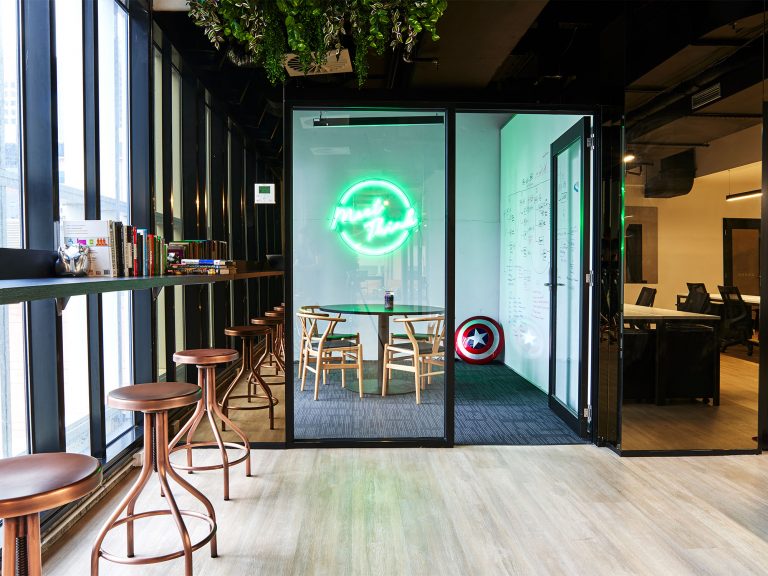Moving? 5 ways to cut the cost of your office fitout

If you are moving office, there are ways you can make savings – and help the environment. Here are five ways to reduce the cost of your new office fitout.
Stay put
Seriously, this is always the first option to consider. You can tweak and refurbish your existing office – new lighting, desks, carpets, an IT upgrade and improved air conditioning – while you are still based there. You might have to do the work in stages, and it might take a little longer, but the savings can be substantial.
Plug and play
Many property owners are now leasing office space that’s either partially or completely fitted out. This sounds like a good idea but remember there is always a cost, whether that be higher rent or reduced lease incentives.
It’s also unlikely that an already fitted out space will fit your needs without some alteration or adaption. However, a fitted-out space is likely to be cheaper than starting from scratch, as long as you can work with the fitout.
Go to a one-stop-shop
There are different ways you can carry out an office fitout and various studies have been conducted to work out the most cost-effective way.
However, it’s now accepted in Australia, Europe and the US that a “package deal” – taking in design and build – from one supplier is often the most cost-effective and quickest way to conduct a fitout.
Don’t put the walls up
In recent years, office design trends have shifted from cellular layouts to more open-plan layouts. This means there are not as many building works in each project and therefore there is less cost.
When you bring in more efficient design (such as walls shared by different spaces), you can significantly reduce the cost of your works.
Adaptive reuse
Make the most of what you’ve got. Re-using your workstations can give you significant cost savings. The costs of dismantling furniture or refurbishing workstations are much less than new furniture – and you don’t have to dispose of your current furniture.
Refurbishing a workstation may cost $1000, compared with $1500 for a new one. These savings quickly add up. Plus, reuse is about as “green” as it gets.







